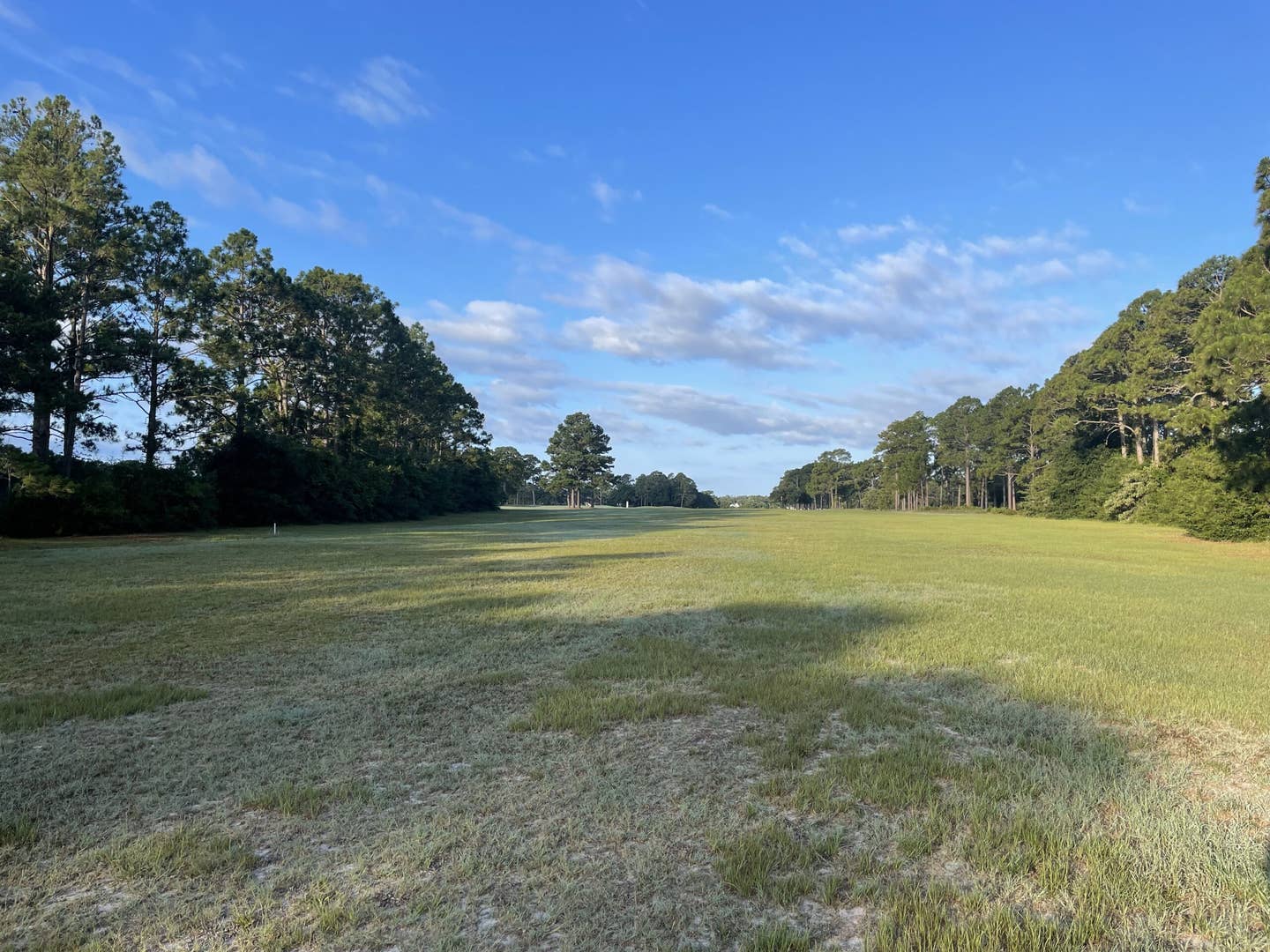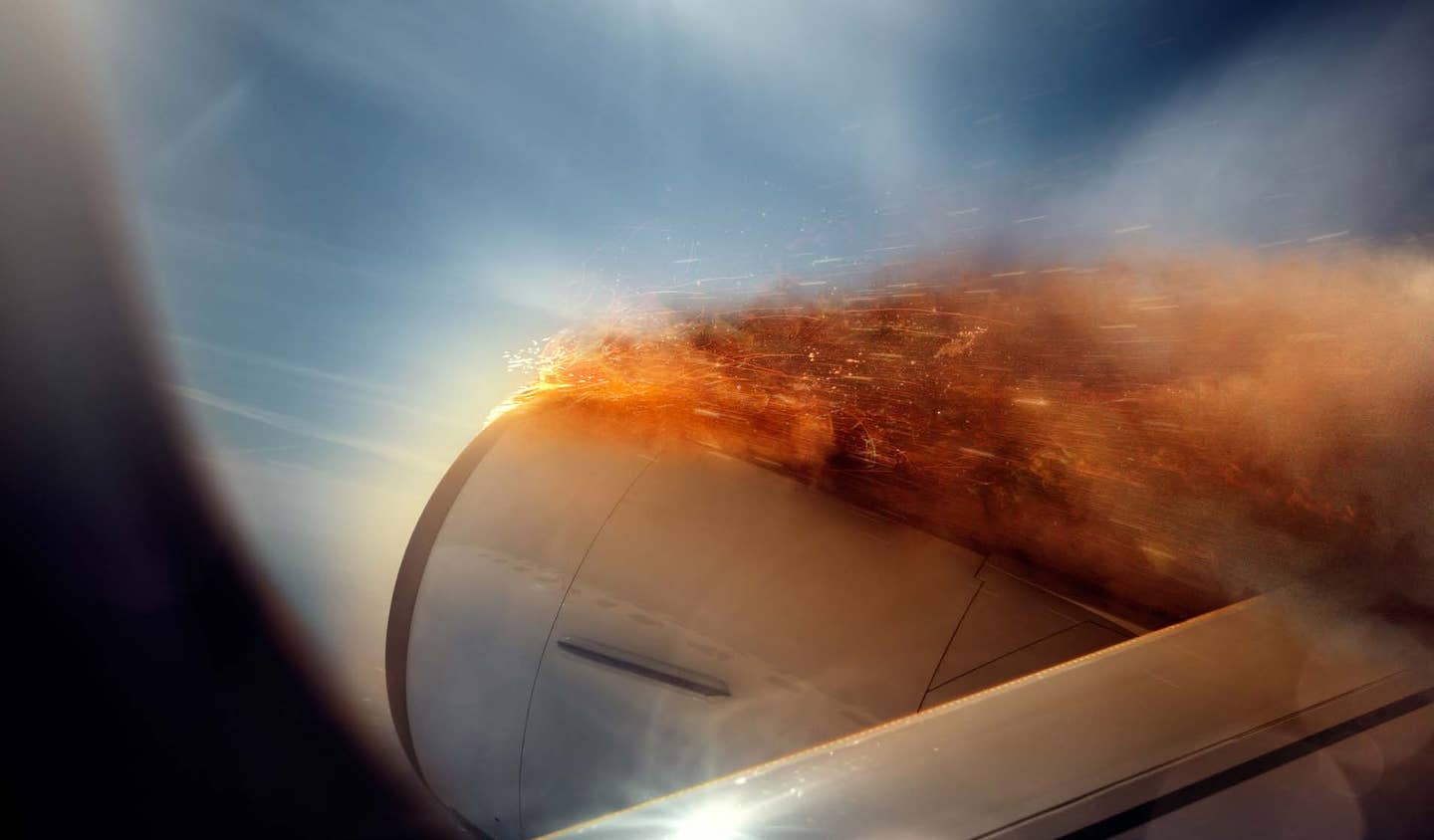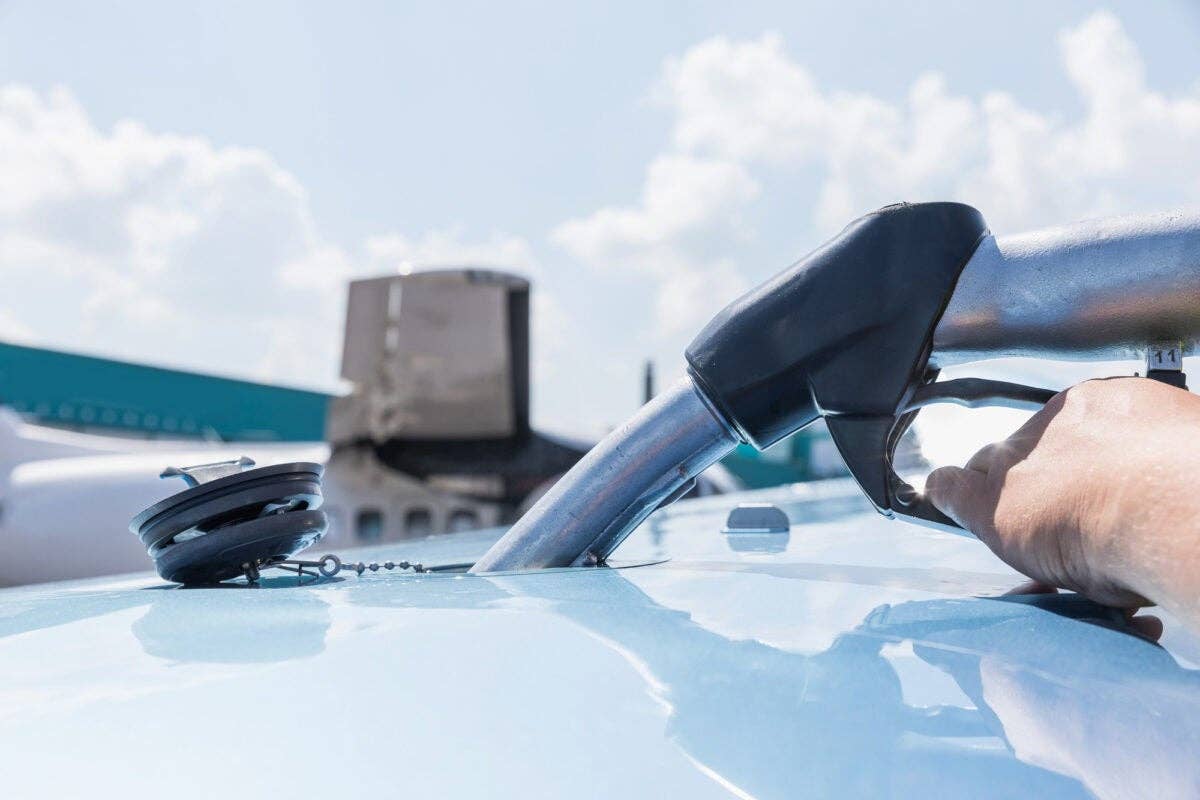
__A search for the word hypoxia in NTSB accident reports for the past decade turns up just 15 occurrences. Of these, five do not involve our usual understanding of hypoxia as incapacitation due to protracted exposure to high altitude without supplemental oxygen; the references are, instead, to carbon monoxide poisoning from a leaky muffler, elderly or ill pilots who were chronically hypoxic even on the ground, and one case of GLOC or G-induced loss of consciousness in a pilot practicing aerobatics. A sixth case involved loss of control in a Learjet 24D in which no clear cause could be determined; pressurization failure was mentioned as a possibility, but only hypothetically.
During that 10-year period, then, there was on average fewer than one fatal accident per year in the United States in which hypoxia could plausibly have played a role. This is remarkable, first, because dire warnings about the dangers of hypoxia abound, and second, because it is practically certain that a great many pilots fly while technically hypoxic.
It is seldom possible to say with certainty that hypoxia played a role in an accident. It leaves no telltale sign. Accidents involving unexplained loss of control after protracted flight at high altitude are routinely attributed to hypoxia. A certain number of pilots also inexplicably lose control at low altitude, however, and then other explanations are invoked; and so it is illogical to suppose that all losses of control by pilots who might be hypoxic are, in fact, the result of hypoxia. To be sure, the NTSB’s conclusions about the causes of accidents are not claimed to be certain — only probable.
The effects of hypoxia are familiar. Like alcohol intoxication, they progress insidiously, affecting both ability and judgment. The hypoxic pilot is ill suited to assess his own condition. Eventually, at sufficiently high altitude, unconsciousness arrives. The airplane, if on autopilot, cruises until it runs out of fuel; if not, it soon rolls over and dives into the ground.
The latter was the fate of an Air Tractor en route from Illinois to North Dakota. Encountering a line of thunderstorms over Iowa, the 60-year-old, 32,000-hour pilot climbed — something the 1,295 hp agricultural turboprop did very readily — to 17,700 feet. He then reversed course and began to descend, but passing through 13,400 feet the Air Tractor entered a steep dive. It crashed 50 seconds later.
The NTSB attributed the accident to hypoxia, noting that the pilot had been above 12,000 feet for 24 minutes without supplemental oxygen and above 15,000 feet for 14 minutes of that time. Some pilots might find those figures surprising, having spent longer times at the same altitudes without — at least as far as they could tell — coming anywhere near losing consciousness or control of the airplane. Fifteen thousand feet just isn’t that high, at least for people with normal lungs and circulatory systems. To invoke hypoxia when pilots have been neither especially high up nor there for a particularly long time, it is necessary to posit that susceptibility to hypoxia is highly dependent on individual physiology. But in that case, the rules — pilot on oxygen above 12,500 pressure (note well: not density) altitude and passengers above 15,000 — become rather easy to ignore.
A similar and particularly dreadful accident occurred in 2007, when a Cessna Caravan with nine sky divers aboard was returning home from a meet. Flying at night between broken-to-overcast layers, it stalled while maneuvering at 15,000 feet and crashed, killing all aboard. The 2,000-hour pilot, who was instrument rated but had almost no actual instrument flying experience, had been above 14,000 feet for more than an hour without supplemental oxygen and would, in the NTSB’s account, have been “substantially impaired by hypoxia.” He had “likely entered clouds during the last three minutes of flight, and possibly icing and turbulence.”
In a more extreme case, at the end of a week of skiing at Crested Butte, Colorado, elevation 8,900 feet, a non-instrument-rated pilot climbed his V35B Bonanza to 22,000 feet, probably wanting to reach VMC above widespread clouds. He had no oxygen aboard. An hour and 45 minutes into the flight, the airplane entered a rapid descent and crashed. According to one source, the average “time of useful consciousness” at 22,000 feet is five to 10 minutes.
While some instances of probable hypoxia come about in consequence of the pilot’s choices, a few are accidental. In 2008, a 67-year-old commercial pilot, flying from Texas to Arizona in a King Air in which he had previously logged 250 hours, crashed after only 35 minutes airborne. Prior to entering its final dive, the airplane had followed a “meandering” course after leveling at 17,000 feet, to the point that a controller asked the pilot whether he was “experiencing any problems or emergencies.” Beginning 30 minutes after takeoff, the controller’s calls to the pilot went unanswered. Accident investigators found the pressurization controls improperly configured: The dump valve was open and the bleed air valves were closed. The failure of the cabin altitude warning system to sound or of the pilot to heed it was not explained.
The 2009 case of a Cirrus SR22 cruising at FL 250 was similar. The 66-year-old, 18,500-hour commercial pilot seemed increasingly confused and incoherent on the radio, and his breathing sounded labored; and although he requested a descent to 12,000 feet, he failed to leave FL 250 when cleared. The Cirrus flew an hour past its destination before running out of fuel. Ohio Air National Guard pilots who had been scrambled to intercept it flew alongside until it began its final descent. They reported that the pilot appeared to be unconscious.
In this case, the pilot, who frequently flew at FL 250, had installed a “pulse demand” oxygen system in line with the factory system in an ill-advised effort to increase its capacity. But using the masks from one system with the regulator from the other had proved troublesome. Four months earlier, the pilot had written in his logbook, “EPIC!! Near Payne Stewart repeat at FL 250 due to O2D2.” Payne Stewart was the professional golfer whose Learjet suffered a loss of cabin pressure in 1999 and flew for hours on autopilot with its six unconscious occupants before crashing. “O2D2” is the name of the supplemental system he had installed. He knew that the two systems did not work well together, and he knew, as he had lightheartedly noted, that their incompatibility had nearly cost him his life. But he evidently believed that since he had caught the problem in time on one occasion, he would be equally lucky on the next. He wasn’t. Nearly a third of the airplane’s oxygen supply was still in the tanks when he crashed.
In a somewhat similar instance, ATC lost radio contact with the pilot of a turbocharged Baron cruising at FL 270 from Montana to St. Paul, Minnesota. After the Baron overflew its destination without descending, North American Aerospace Defense Command fighters flew alongside, but they could neither see the pilot — it was night — nor get his attention. After nearly four hours airborne, three of which passed without communication, the Baron ran out of fuel and crashed in West Virginia.
The pilot, who had noted in his journal that he noticed a “degradation of [his] cognitive ability” when his oxygen saturation was below 80 percent (roughly equivalent to 15,000 feet), carried a pulse oximeter — an inexpensive medical gadget, readily obtainable on the Internet — for checking the oxygen saturation of his blood while airborne. He was nearing the end of a trip of several days during which he had not replenished his airplane’s main oxygen tank, which was empty. He was breathing from a 33-cubic-foot portable tank; it too was found empty at the crash site. Though it could not be determined when it had run out, it seemed evident that the pilot’s loss of consciousness was due to lack of oxygen. The average time of useful consciousness at 27,000 feet is on the order of three minutes.
The cure for hypoxia is lower altitude. The return to normal begins as soon as the ambient pressure increases, but it is evidently slow enough that some pilots whose airplanes stalled or entered spiral dives did not have time to get their wits back about them and recover.
Ten years' worth of hypoxia incidents is not a large statistical sample, but a couple of impressions emerge even from this brief history. One is that victims of hypoxia-related accidents are often older people; several of these pilots were in their 60s. Another is that while onboard oxygen removes the risk of hypoxia at moderate altitudes — say 10,000 to 15,000 feet — it creates a new danger of system failure or oxygen exhaustion at higher ones. An alert pilot flying without oxygen at, say, 13,500 feet may at least notice danger signs like poor control of heading and altitude, frequent yawning or feelings of lightheadedness or euphoria. A pilot whose oxygen supply fails at 25,000 feet will probably pass out in a few minutes without suspecting anything. His danger is greater, not less.
_
This article is based on NTSB reports of the accidents and is intended to bring the issues raised to our readers' attention. It is not intended to judge or to reach any definitive conclusions about the ability or capacity of any person, living or dead, or any aircraft or accessory._

Sign-up for newsletters & special offers!
Get the latest FLYING stories & special offers delivered directly to your inbox






